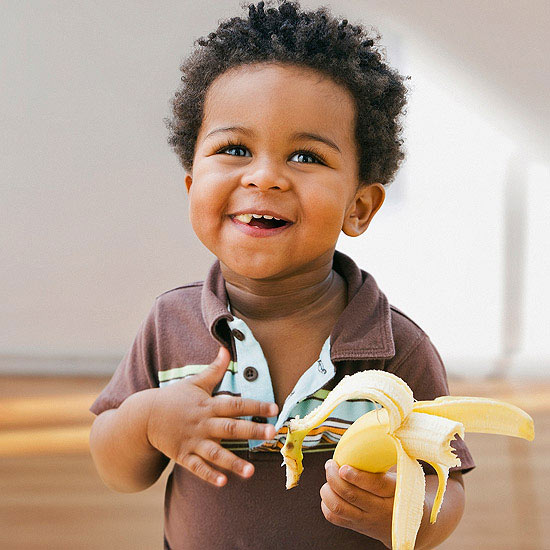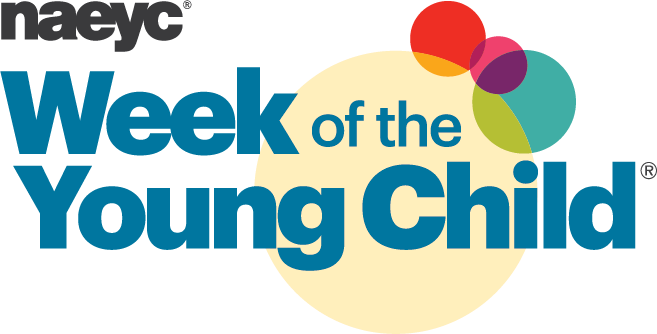
Para esta página en español, haga clic en "seleccionar idioma" en la parte inferior.
A lthough there has been recent positive news about the number of overweight children decreasing, the fact remains that over 27 percent of children ages, 2 to 5 years, are considered to be overweight and about 60 percent of children who are overweight as preschoolers continue to be overweight as adolescents.
lthough there has been recent positive news about the number of overweight children decreasing, the fact remains that over 27 percent of children ages, 2 to 5 years, are considered to be overweight and about 60 percent of children who are overweight as preschoolers continue to be overweight as adolescents.
To do its part in keeping children healthy, in 2012, the US Department of Agriculture (USDA) made its first major revisions to school meal standards in over 15 years. The standards embrace whole grains, fruits, and vegetables; limit fat and sodium; and set age-appropriate calorie limits and portion sizes. These changes reach nearly 32 million children.
What Can You Do? Use the tips, resources, and recipes below to get started.
The latest on children’s nutrition
The USDA’s The School Day Just Got Healthier website offers a toolkit for parents (as well as educators, administrators, and community members) to make the meal changes a positive experience for children. The site also contains many useful links and resources in their 10 Tips Nutrition Education Series, including tip sheets like
- Kid-Friendly Veggies and Fruits
- Eating Better on a Budget
- Make Better Beverage Choices
Most of the handouts also include content in Spanish. The Healthy Children website from the American Academy of Pediatrics offers nutrition advice from medical experts:
Healthy meal ideas
Do you pack lunches for your children? Or are you constantly looking for tasty healthy dinner ideas? Try ideas from these websites:
- Eating Well. Back to School: Lunch for Kids
- Super Healthy Kids. Healthy Kids Recipes
- Kid-Friendly Healthy Dinner Recipes
- Kidspot Kitchen
- My Recipes: Healthy Kids
Talk to your child about healthy nutrition
Having a healthy attitude towards food doesn’t happen overnight. Here’s what you can do:
- Introduce your child to a variety of foods.
- Discuss where various foods come from. Grocery shop together. Visit farms, farmers' markets, and orchards, if possible, to speak directly to farmers.
- Cook together! Your child can stir, add ingredients and spices, roll dough, etc. Introduce new or “unusual” foods slowly and in different ways (e.g. raw onions in a salad don’t taste like caramelized onions in a taco).
- Show flexibility. Model trying new things and refrain from acting negatively towards foods you don’t prefer.
- Read together. Discover how specific foods relate to different cultures, practice funny food rhymes, or learn about nutrients. For a list of children’s books that deal with nutrition and fitness, view this list of resources from Young Children.
Explore the wonder of learning with your children anytime, anywhere! As your children head back to school, do these simple everyday activities together to reinforce their learning.
At mealtimes
Have fun with food words while you eat. For example, if you serve potatoes, chicken, and peas for dinner, talk about which of the foods begin with the same /p/ sound. Look for other items on the table that begin with /p/ sounds, like plate or pepper. You can also take turns coming up with words that rhyme with something you or your child is eating. For example, cheese rhymes with peas.
In the kitchen
Create new recipes or follow your favorite ones with your child. Count ingredients together. You can count the number of apples for a pie or the number of carrots to add to a stew. Show your child the recipe so he can see what a written recipe looks like.
At the grocery store
Look for letters everywhere—on food labels, signs in the store, and magazines on the racks at checkout. Give your child a packaged food item, like a box of cereal. Point out different letters (start with the first letter in your child’s name) on the food item and ask your child to find more of those letters on other foods in the store.
On a walk around the neighborhood
Hunt for shapes with your child by looking for them in your community. You can find rectangles in buildings (windows and bricks), circles in cars (wheels), and triangles in signs (yield signs). Take pictures and create a shape book at home.
At the playground
Build your child’s position vocabulary by talking with her about what she’s doing—going up and down a slide, crawling across a bridge, standing under a tree, or sitting on a bench.
Bake together and build math skills with these 10 baking habits:
1. Pick an ingredient your children have read about—apples, blueberries, carrots, butter, zucchini. Ask children “What shapes do you see?” Bake waffles, pancakes, bread, and pizza.
2. Choose a recipe with simple ingredients and 1, 2, 3, directions. Recipes at HomeBaking.org and KidsaCookin.org (Spanish or English) are a great start. Check your library for Cooking Class and Baking Class by Deanna F. Cook—perfect for young bakers.
3. Read the recipe, top to bottom, reading aloud ingredient names, amounts needed, oven temperature, baking time, and steps, beginning to end.
4. Ask, “What ingredient is used in the smallest amount?” “Which is the largest amount?” “Is there more flour than sugar or butter?”
5. Find each ingredient and place it on the counter. Ask your child to help put the ingredients in the order they will be used.
6. Offer children under age 2 the dry measuring cups to use as stacking cups. By age 3, they can hand you “the littlest cup,” (1/4 cup), the “medium-sized cup” (1/2 cup) or, you can ask, “Which cup has a 3 on it (⅓ cup)?” Help children fill the cups and level the measure off. Let them add the ingredients to the mixing bowl.
7. Bake the same-sized cookies, muffins, and loaves. This isn’t just to avoid fights over the biggest cookie! Help 4-year-olds work on hand-eye coordination by scooping batter or dough. Ask them to guess why all the cookies or muffins on one pan need to be equally spaced and the same size. (All will bake the same—if some are big and some small, the big ones might be raw while the little ones could be burnt.)
8. What is a fraction—or part of a cup? Have your 5-year-old measure two ½ cups of flour and transfer flour to the 1 cup measure. Show them that “1 over 2” is ½ cup; if the ½ cup is used twice it will equal 1 cup. This may be done with ¼ (four ¼ cups = 1 cup) or ⅓ (three ⅓ cups = 1 cup).
9. Check the oven—Ask if it is empty. “How many racks are in it?” “We will use the middle rack—which one is that?” Heat the oven to the temperature in the recipe—have your older children match the oven degrees in the recipe to the oven dial or toggle up to the degree number. Ask, “How hot will the oven be?” Compare and contrast the oven’s heat to a hot summer day—the oven is 3 to 4 times hotter! Remind your children: ONLY adults should load and remove pans from a hot oven.
10. Get a simple food scale. Help older children weigh their pancake, muffin, or bread serving to see its net weight. “Is it 1 ounce?” That’s one serving. “Does it weigh more?” “How many bread servings is your pancake?” Weigh the ingredients after measuring them. See if your child can get 1 cup of flour to weigh 4.25 ounces three times in a row!
*Content provided and created by National Association for the Education of Young Children


